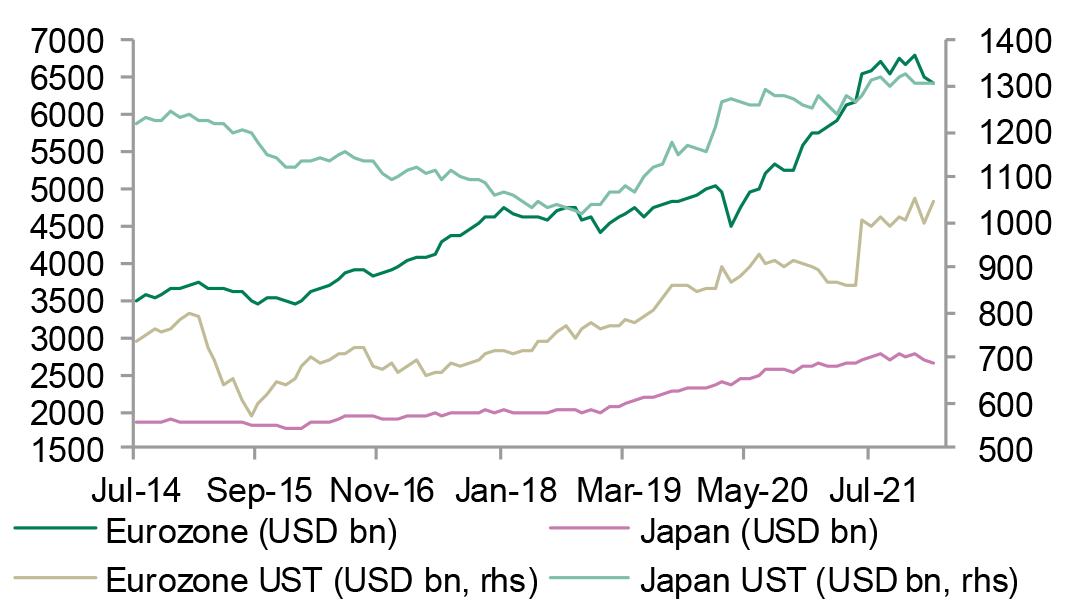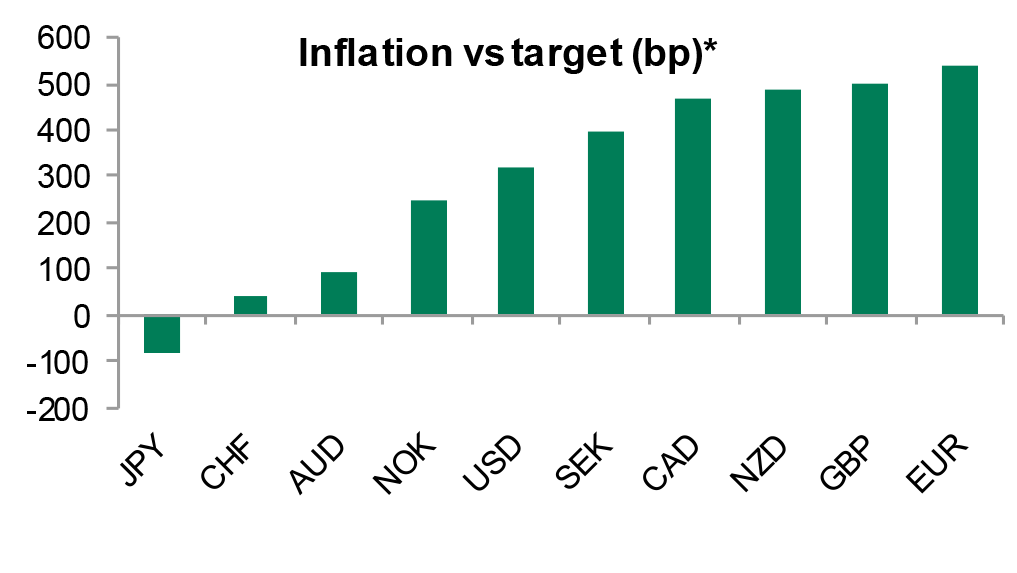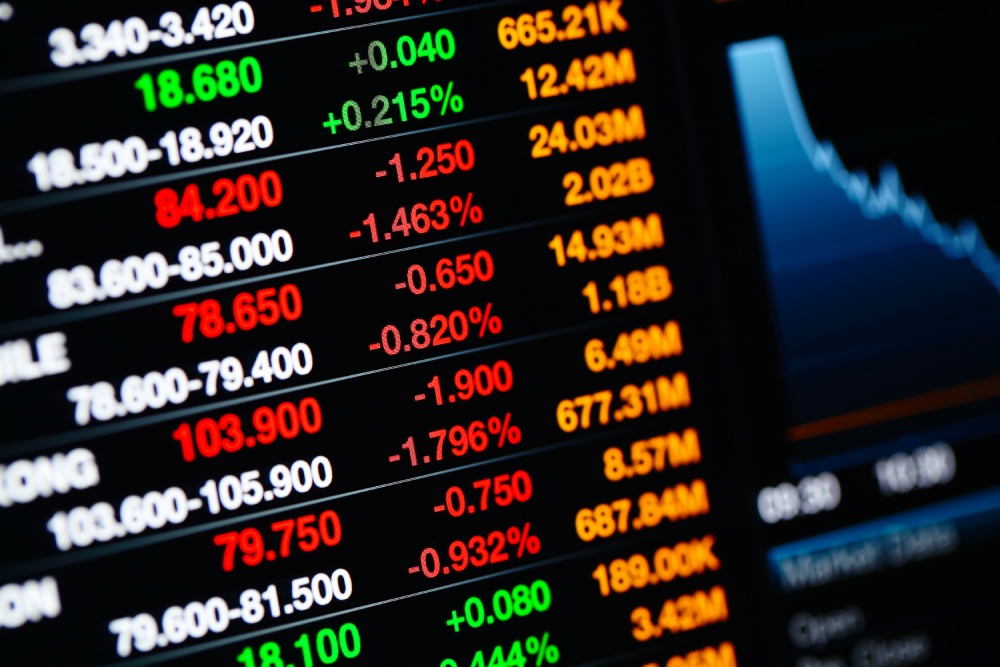Credit Agricole recommends buying EUR/JPY targeting 600+ pips

Credit Agricole recommends buying EUR/JPY targeting 600+ pips
- In a report published yesterday by Credit Agricole, on the future of the currency markets, the bank highlighted the appeal of the Euro, indicating a possible rise in the next few months. In alignment with the European Central Banks tightening of its monetary policy to eliminate negative interest rates and increase the currency reserve.
- The report also highlights the dovishness of the Bank of Japan in contrast with other central banks amid rising inflation reflected in the price of commodities, food and energy.
The Scenario
The EURO
- Rising appeal.
- The ECB to pursue a tight monetary policy.
- The transition of negative rates into a positive territory by the end of this year and the next.
- The return of assets held abroad to the Eurozone to finance the growing domestic expenditure in the Euro.
- Global central banks boosting the Euro in foreign exchange reserves as soon as the ECB’s key interest rates move above zero.
- The Euros shares in central bank reserves have already significantly dropped following the dismantling of the ECB reserved asset structure.
- Risk related assets, (stocks and corporate bonds) account for 86% of European holdings represented by half of the holdings of Japanese investors.
- Geopolitical uncertainty could lead the Euro to outperform the Yen on the back of commodity trade changes

The YEN
- Lacks appeal
- The diminishing of the currency’s traditional role as a safe haven currency due to the currencies high and negative correlations with UST yields as well as oil prices.
- Japan's inflation target is the only one that falls below the central bank's G10 target.
- The Bank of Japan remains assertive that inflation is temporary.
- The government is making efforts to mitigate the rising cost of living through fiscal policy such as food and fuel subsidies rather than relying on the BOJ to curb cost increases.
- No changes are expected by the BOJ till 2023 till governor Haruhiko Kuroda’s term ends.
- As the BOJ is not consistent with quantitative easing, there is no current plan to strengthen the yen.
- It has been more than a decade since the last intervention to support the yen in And in 2015 when the BOJ embarked on a massive qualitative and quantitative easing & in 2011 along with the G7 to sell the yen during Tohoku earthquake and Tsunami.
- Negatively affected by the Ukrainian crisis and the rise in USD revenues
.png)
In Conclusion
- Eurozone investors have focused strongly on holding US risk-related assets (stocks and corporate bonds) in recent years, in contrast to their Japanese counterparts who have focused on investing in USTs.
- If the market continues to be risk-free, investors are likely to lean more towards Europe rather than Japan.
Why has the Yen’s safe haven appeal declined?
- One of the many financial economies to be affected by the Russian/Ukrainian political affairs is Japan, in terms of trade. Ultimately pushing the Yen into the negative territory, in addition to the high return on investment in UST.
- The slowdown in Japan's economic growth rates, ranks third out of 10 other competing economies, ahead of the Eurozone economy.
- The Japanese Ministry of Finance is still concerned about the fluctuations of the yen, but has not indicated any step to intervene in order to support the Japanese currency.

.png)


